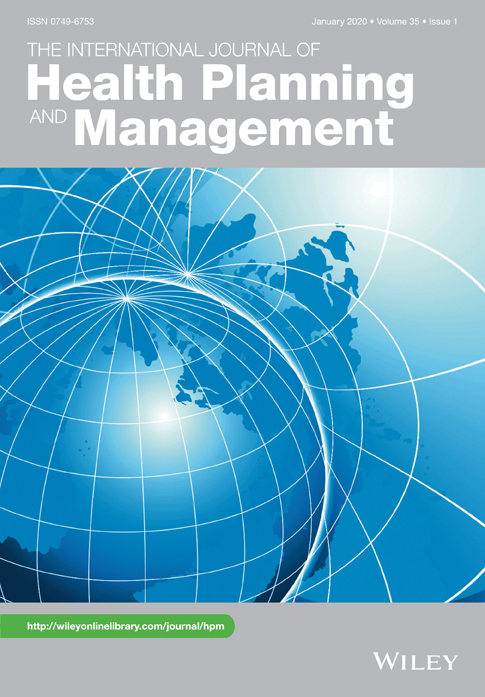Time series analysis of ambient air pollution effects on dynamic stroke mortality
Summary
This study aims to examine the correlations between air pollution and dynamic stroke mortality, which is defined as the daily real-time number of deaths from stroke. Death data were obtained from daily medical records of 7230 incidents from the Center for Disease Control and Prevention in the Longquanyi District of China from 2016 to 2017. Air pollution data were obtained from environmental monitoring stations in the Longquanyi District. Time series analysis using generalized additive Poisson regression models was applied, and single-pollutant and two-pollutant adjusted models were utilized. Furthermore, categories based on gender, age, and meteorological factors were considered in the analysis. The results indicated that PM2.5, PM10, O3, and CO had significant effects on dynamic stroke mortality, which were stronger for older people and during the cold season. This study helps hospital managers, patients, and governments seeking to prevent and control the effects of air pollution on the risks of stroke.
CONFLICTS OF INTEREST
The authors declare no conflicts of interest. All financial interests or benefits have arisen from the direct application of this research. The funders had no role in the design of the study; in the collection, analyses, or interpretation of data; in the writing of the manuscript; or in the decision to publish the results.




